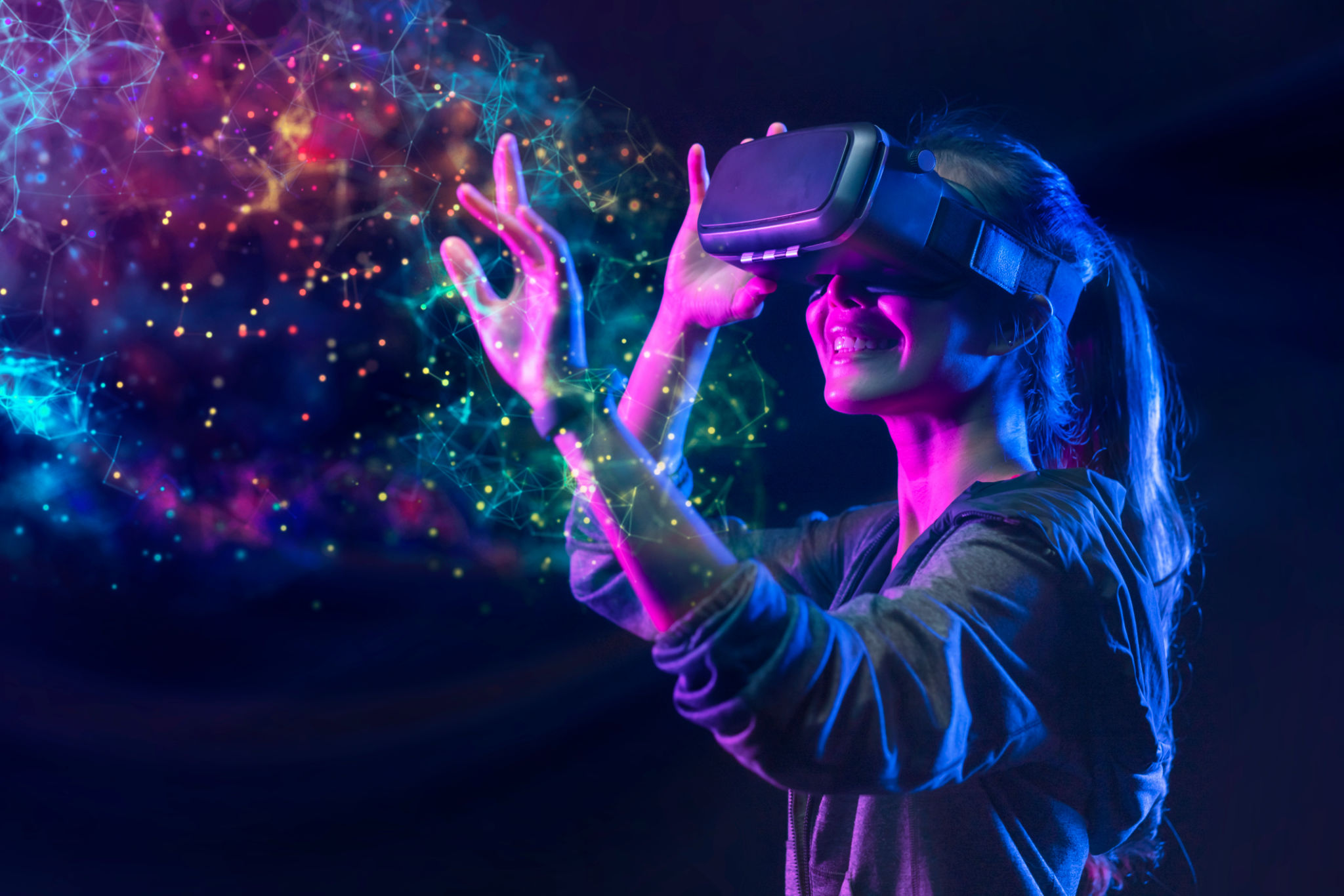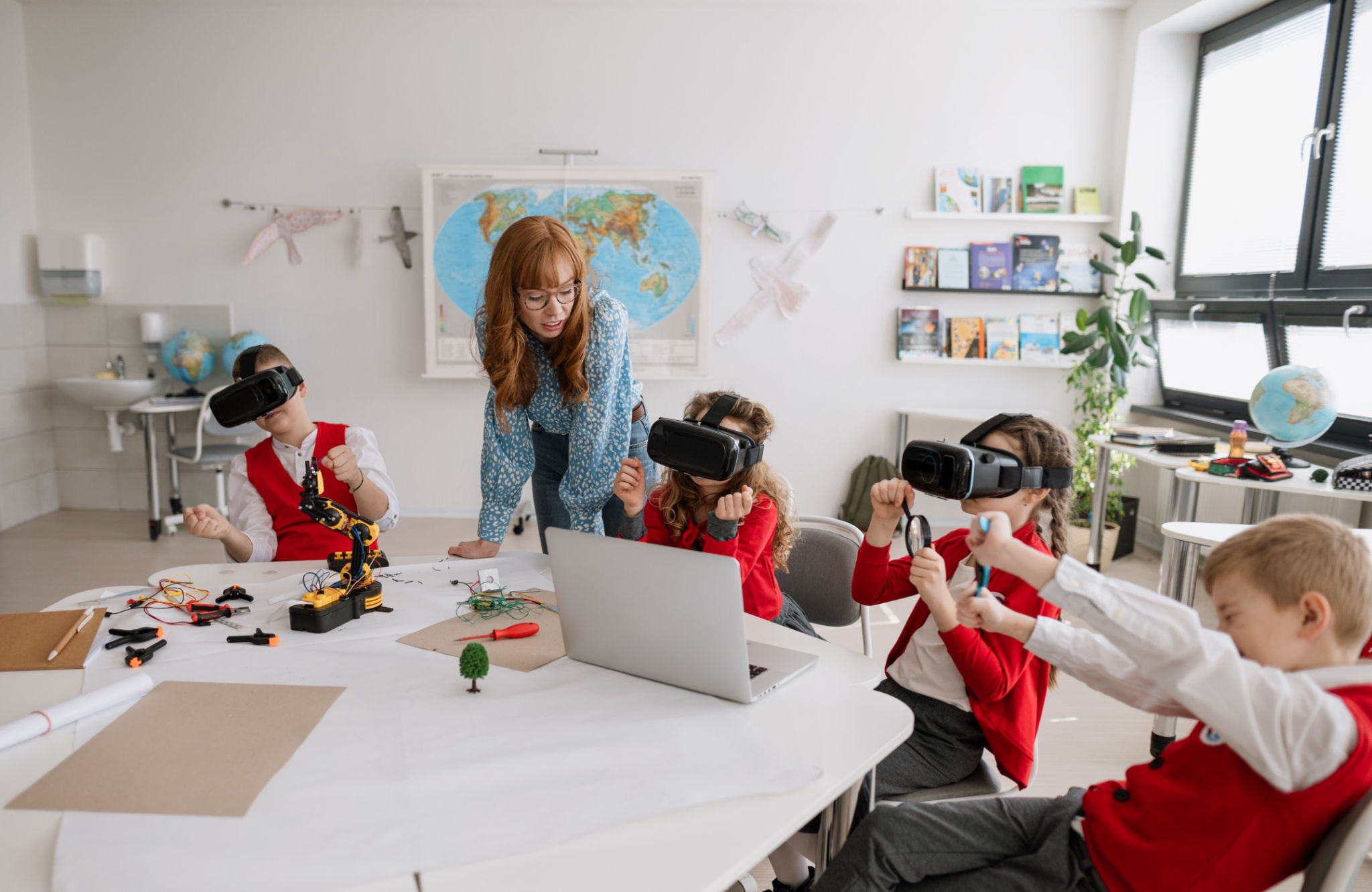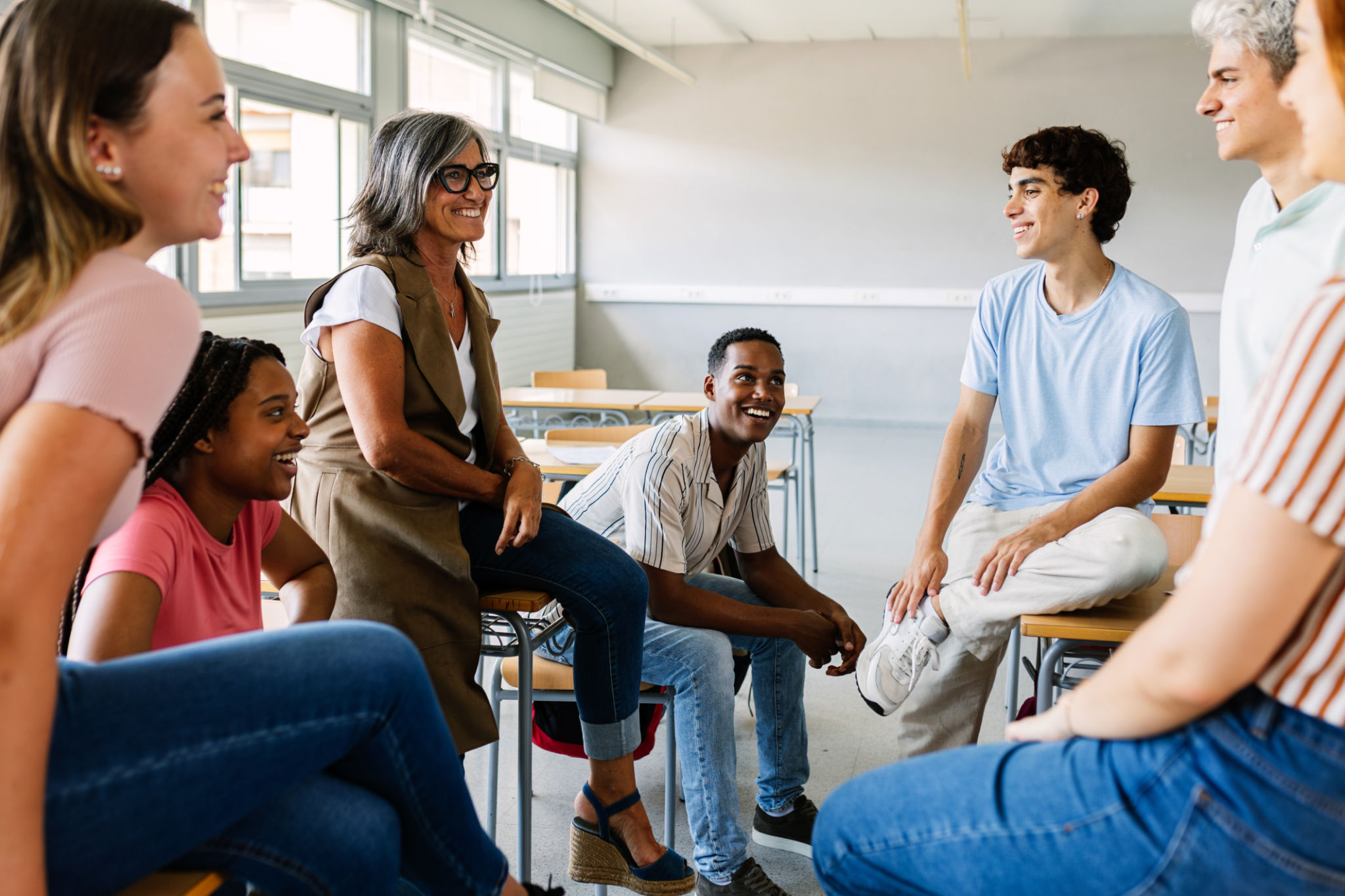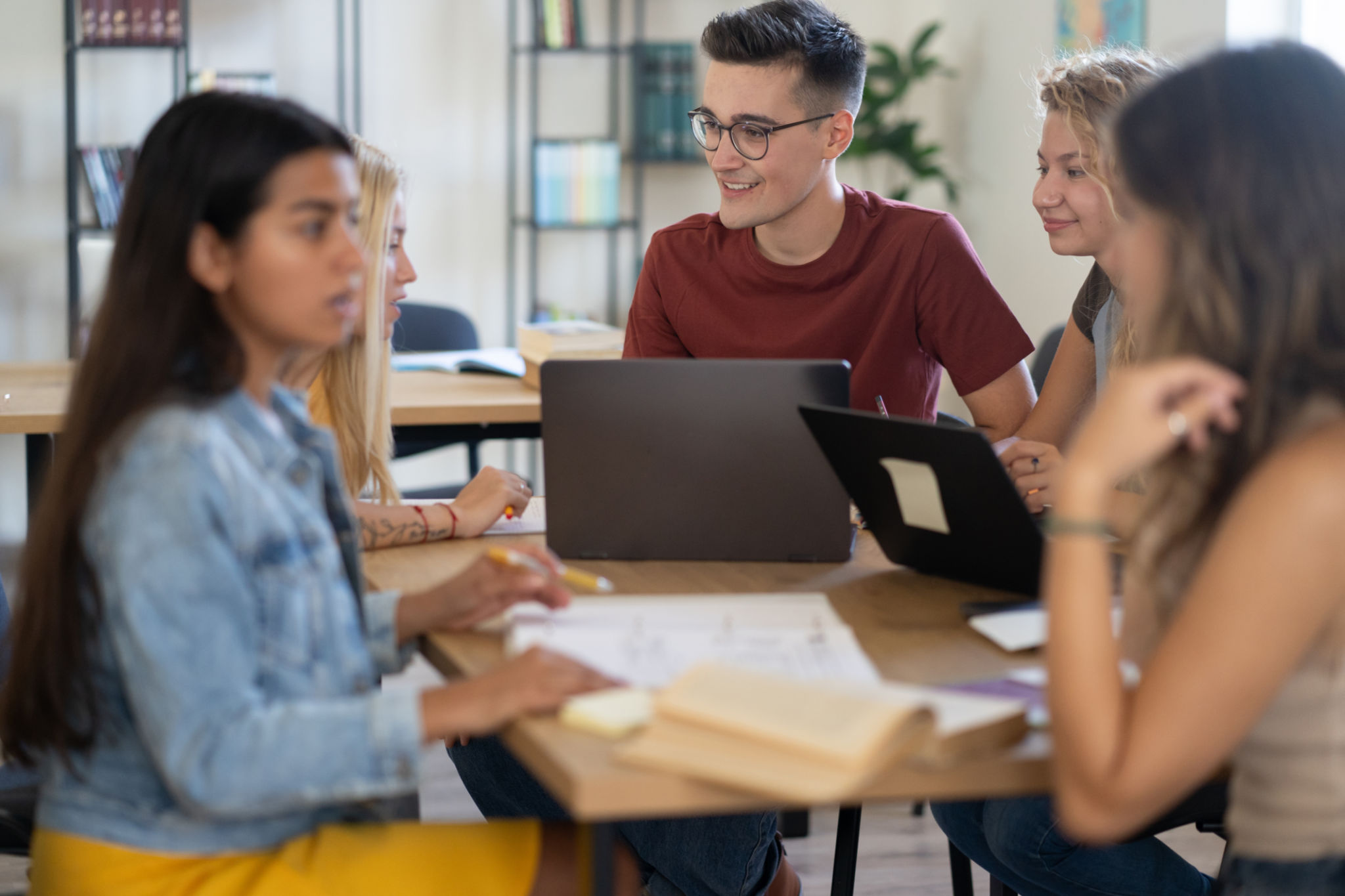Exploring Innovative Trends in Instructional Techniques
Embracing Technology in Education
In recent years, educational institutions have been increasingly leveraging technology to enhance learning experiences. This shift towards digital tools and platforms has introduced a variety of innovative instructional techniques that cater to different learning styles. From interactive whiteboards to tablets and online courses, technology is reshaping the educational landscape.
One prominent trend is the use of virtual reality (VR) and augmented reality (AR) in classrooms. These tools provide immersive learning experiences that can transport students to different environments or historical periods. This not only makes learning more engaging but also allows for practical, hands-on experiences without leaving the classroom.

Gamification in Learning
Gamification is another trend gaining traction in education. By incorporating game-like elements such as points, badges, and leaderboards into the curriculum, educators can motivate students and increase engagement. This approach has proven effective across various age groups, as it taps into students' natural desire for competition and achievement.
Moreover, gamification encourages active participation and collaboration among students. It fosters a sense of community and teamwork, as learners work together to achieve common goals. This method not only enhances academic performance but also develops critical social skills.

Personalized Learning Experiences
Personalized learning is an instructional approach that tailors education to meet the individual needs, skills, and interests of each student. With the help of artificial intelligence and machine learning algorithms, educators can create customized learning paths that adapt to a student's pace and understanding.
This trend is particularly beneficial for students with diverse learning abilities, as it allows them to progress at their own speed. Personalized learning platforms often include adaptive assessments that provide real-time feedback, helping educators identify areas where students may need additional support.
Flipped Classroom Model
The flipped classroom model is revolutionizing traditional teaching methods by reversing the typical learning environment. In this approach, students are introduced to new content at home through videos or reading materials and then apply their knowledge during in-class activities.
This model encourages active learning and critical thinking, as students engage in discussions, problem-solving, and collaborative projects in the classroom. It shifts the focus from passive listening to active participation, enabling students to deepen their understanding of the subject matter.

Project-Based Learning
Project-based learning (PBL) is another instructional trend that emphasizes real-world application of knowledge. In PBL, students work on projects over extended periods, which allows them to explore complex questions or problems thoroughly.
This approach fosters critical thinking, creativity, and problem-solving skills. Students learn to research, collaborate, and communicate effectively as they work towards presenting their findings. PBL not only prepares students for future careers but also instills a lifelong love for learning.

As these innovative instructional techniques continue to evolve, educators must remain adaptable and open to incorporating new methods into their teaching practices. By embracing these trends, educational institutions can create dynamic and effective learning environments that prepare students for success in a rapidly changing world.
